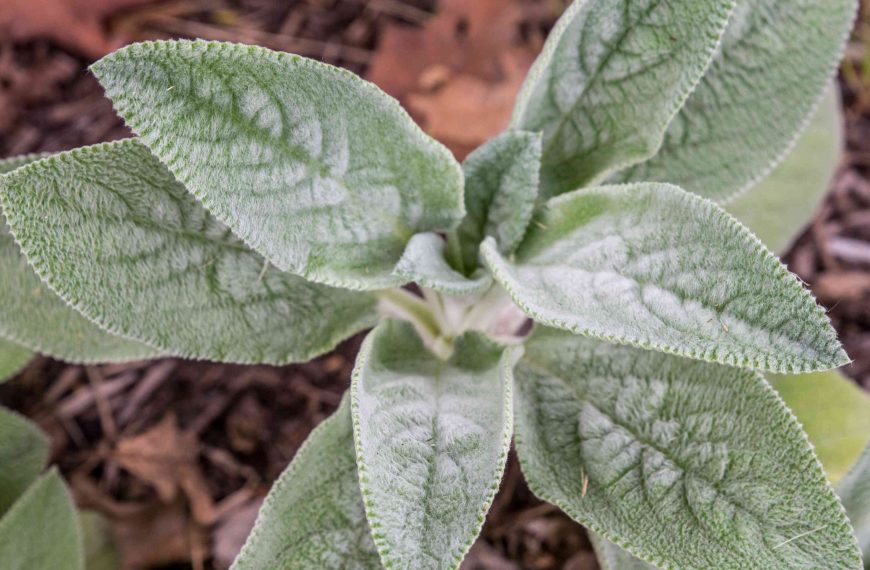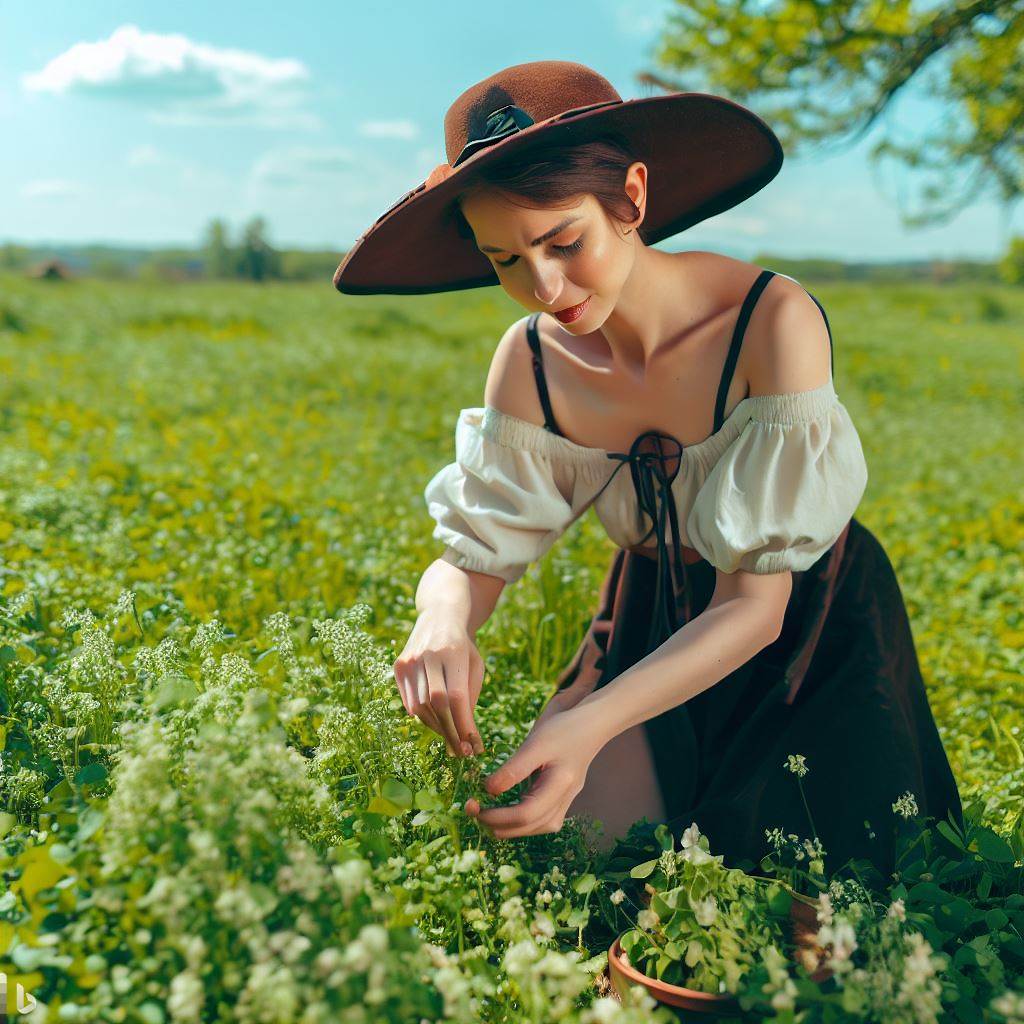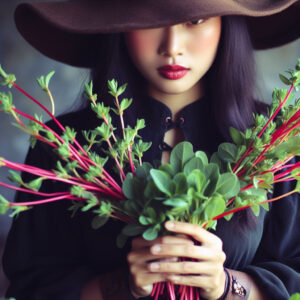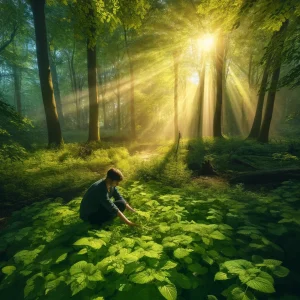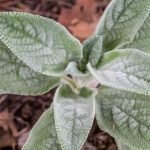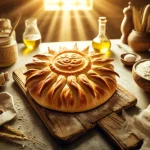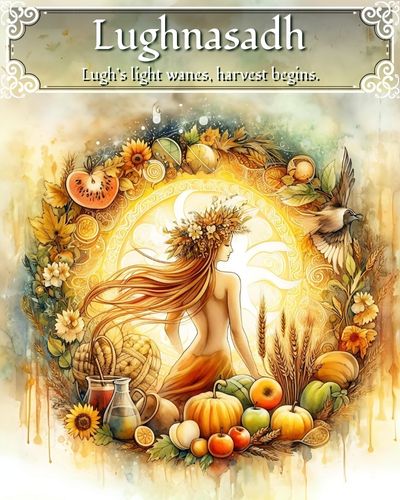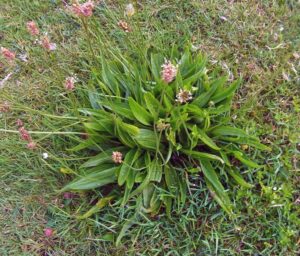
Approx. Reading time: About 2 Minutes

Introduction
Welcome to the Foraging category, where you will find useful and practical information on how to forage for magical plants that you can use in your witchcraft, both in rituals and in recipes. Foraging is the art and practice of finding food, tools, and medicinal herbs in their wild habitat, using your hands, eyes, and intuition. Foraging is not only a way to procure natural and healthy ingredients for free, but also a way to connect with the land, the spirits, and yourself.
In this category, you will learn about the benefits, ethics, and safety of foraging for witchcraft. You will also discover the magical properties and uses of different plants and herbs that you can find in your local area, or in places you visit. Whether you are looking for a simple tea, a potent potion, or a powerful charm, you will find a plant that matches your intention and purpose.
We hope you enjoy exploring this category and trying out the foraging tips and techniques. Remember, foraging is an act of respect, gratitude, and magic. So be mindful, careful, and adventurous. Happy foraging and blessed be!

Words of Caution
Foraging for plants is a rewarding and enjoyable activity that can provide you with food, medicine, and connection with nature. However, it also requires some caution and responsibility to ensure your safety and the well-being of the environment. Here are some general tips to follow when foraging for plants:
- Be mindful of the soil. The soil is the foundation of life, and it can be easily damaged by careless foraging. Avoid digging up plants unless you have permission and a good reason to do so. Use a knife or scissors to cut only the parts you need, and leave the roots intact. Do not trample or compact the soil, and avoid foraging in wet or muddy areas. If you do dig up plants, fill in the holes and cover them with leaves or mulch.
- Be mindful of the animals. The plants you are foraging may be a source of food or shelter for the animals that live in the area. Do not disturb or harm the wildlife, and respect their habitats. Do not forage near nests, dens, or burrows, and avoid picking plants that have signs of animal activity, such as bite marks, droppings, or webs. Do not feed or approach the animals, and keep your distance from any that may be dangerous or aggressive.
- Be mindful of your location. Foraging can take you to remote or unfamiliar places, where you may encounter hazards or get lost. Always carry a map, compass, GPS, or phone with you, and let someone know where you are going and when you plan to return. Stay on marked trails or paths, and do not venture into private or restricted areas. Be aware of the weather and the terrain, and dress appropriately. Carry enough water, food, and first aid supplies for your trip, and know how to use them.
- Be mindful of the plants. The most important rule of foraging is to know what you are picking, and to be absolutely sure that it is safe and edible. Some plants are poisonous, and some can look very similar to the edible ones. Use a reliable field guide, app, or expert to help you identify the plants, and do not rely on common names, pictures, or folklore. When in doubt, leave it out. Also, be aware of the potential interactions or side effects of the plants, especially if you have allergies, medical conditions, or take medications. Always test a small amount of a new plant before consuming more, and stop if you feel any adverse reactions.

